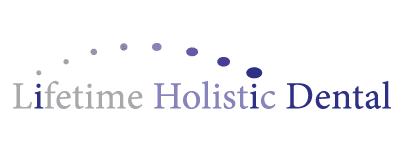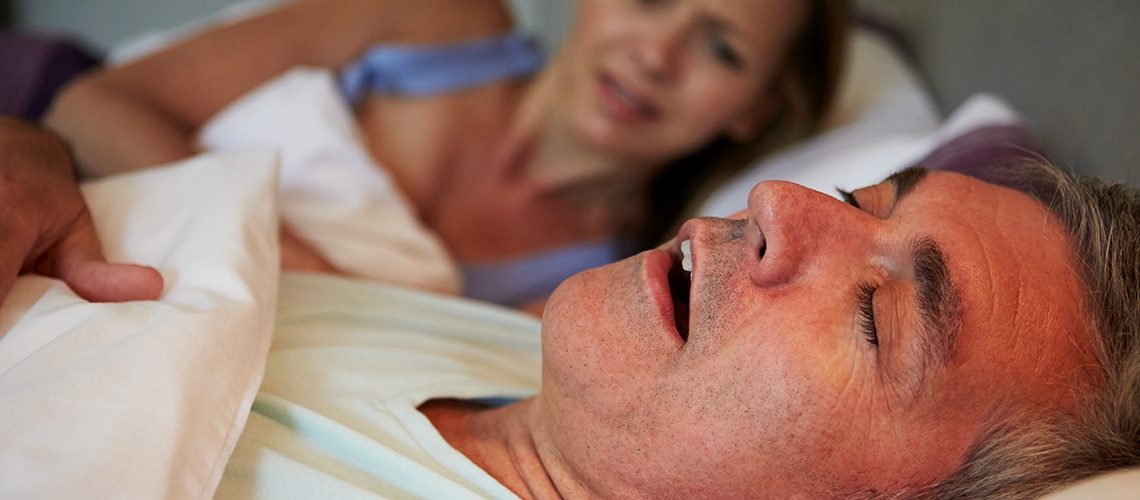We all know someone that snores. It’s usually passed off as an annoying problem that makes bed partners move to the couch or the spare room. But, the problem could be much more serious than this for the 44% of men and 30% of women who snore.
What Causes Snoring?
Snoring is the sound caused by increased upper airway resistance due to a narrowed airway passage between the back of the tongue and the free edge of the soft palate. The soft palate vibrates as air passed over it, which creates that tell-tale snoring sound.
So, why is this something to worry about?
Because it is an early sign of a dangerous and even fatal condition known as Obstructive Sleep Apnoea (OSA).
What is Obstructive Sleep Apnoea?
OSA is dangerous because sufferers actually stop breathing while they sleep. This can happen sporadically, or in severe cases, up to 100 times an hour. The airway is blocked as the tongue falls to the back of the throat and creates a blockage.
It goes without saying that the effects of cutting off breathing are severe. Firstly, it reduces the level of oxygen in the blood. More troublingly, as the person tries harder to blow through the blockage, the seal actually becomes tighter. As oxygen levels plummet, gasping sounds and deep breathing begin to occur. This is because the sufferer throws their tongue on and off the back of the throat trying to breathe.
Oxygen levels should be at 97% to 100% during regular breathing, but many people with OSA can typically have blood oxygen levels between 60% to 80%. This can precipitate a range of health conditions, including strokes and heart attacks.
Types of Sleep Apnoea
There are two categories of sleep apnoea:
- OSA: The most common form of sleep apnoea, OSA occurs when the sufferer is still trying to breathe through a physical obstruction in the airway. In this case, as soon as the airway clears, the breathing resumes.
- Central Sleep Apnoea: In this case, the brain doesn’t send the signal to the diaphragm to breathe. So it’s only once the oxygen level drops low enough that the body stimulates the breathing process.
Some patients can suffer from a mixture of these two forms, which is referred to as mixed apnoeas.
Outcomes of Apnoea
If you spend your night choking and gasping for breath, it’s no wonder that you’ll report poor sleep quality and daytime tiredness. Your heart also has to work harder during the night, which contributes to a feeling of lethargy during the day.
There are also strong links between sleep apnoea and high blood pressure. 50% of people with sleep apnoea also have high blood pressure, and 30% of people with high blood pressure have sleep apnoea.
Other studies have shown that 25% of sufferers of heart attacks have OSA. Heavy snoring and sleep apnoea can be linked to everything from hypertension, to decreased sexual functioning, memory deficits, personality changes and difficulty concentrating.
Treating Sleep Apnoea
Despite the efficacy of nasal continuous positive airway pressure (nCPAP) machines, only about 30% of people are able to use this treatment. Another option is Mandibular Advancement Devices (MADs), which can change the bite to open up the airway.
It’s also essential that any inflammation and pain around the TMJ is allowed to settle before the MAD is fitted, as bruxism is another common symptom of sleep apnoea.
A common MAD treatment will follow this procedure:
- Your dentist will assess the severity of your condition, based on a sleep test provided by your physician. In the initial visit, Jaw Joint Vibrational Analysis and Structural Testing will be carried out to ensure your mouth is suitable for a MAD. A Rhinometer can also be used to check any blockages in your nose.
- A record of your bite will be taken to determine the best possible position for your airway. This record will be used to create the MAD, and once it is fitted, you will be monitored to see how it is working.
Getting your sleep apnoea treated is essential in enjoying full health. There is nothing more important than sleep, and if yours is affected by either snoring or sleep apnoea, you’re not giving your mind and body the rest it needs. This is especially vital for children, as poor sleep and low oxygen levels can affect learning outcomes.
Don’t neglect your good night’s sleep. Get in touch with the sleep apnoea and snoring experts at Lifetime Holistic Dental.
| SLEEP QUESTIONNAIRE Are you aware of the connection between heavy snoring and the dangerous medical condition known as Obstructive Sleep Apnoea? Take this test and see if you are affected. |
|||
| 1. | I have been told that I gasp, snort or stop breathing at night. | Yes | No |
| 2. | My neck size is 17 in. or more for men or 16 in. or more for women. | Yes | No |
| 3. | I have nightime reflux. (A bad taste in my mouth during the night caused by mild regurgitation while sleeping.) | Yes | No |
| 4. | I can fall asleep easily during the day even after six or more hours of sleep. | Yes | No |
| 5. | I have been told that I snore loudly. | Yes | No |
| 6. | I have high blood pressure. | Yes | No |
| 7. | I have been told I snore less while sleeping on my side. | Yes | No |
| 8. | I have excessive daytime sleepiness and/or daytime fatigue although I feel I sleep long enough at night. | Yes | No |
| 9. | I have been awaken with a gasping or choking sensation. | Yes | No |
| 10. | I have been depressed and have been told that my personality has changed. | Yes | No |
| 11. | I am overweight. | Yes | No |
| 12. | I wake up with morning headaches although I do not feel that I grind my teeth at night. | Yes | No |
| If you answered “YES” to questions #1, 3, 4, 8, or 9, this is a high indicator for sleep apnoea. If you answered “YES” to three or more of questions #2, 5, 6, 10, 11 and 12, this indicates a possibility of sleep apnoea. Source: https://www.sidneyhealth.org/usrfiles/service/SleepLabQuestionnaire.pdf |
|||


